
27 September 2024 | Tourism, Culture
Nouvelle-Aquitaine: France's Largest and Most Diverse Region
Nouvelle-Aquitaine, the largest administrative region in France by land area, offers a captivating blend of natural beauty, rich history, vibrant culture and economic prowess. Stretching from the Atlantic coast to the Pyrenees mountains, this expansive region encompasses a diverse landscape that has something for everyone.
Geography and Natural Wonders
Nouvelle-Aquitaine covers an impressive 84,061 square kilometers, making it larger than Austria. The region boasts 720 kilometers of Atlantic coastline, featuring stunning beaches, picturesque islands and Europe's largest sand dune - the Dune du Pilat. Inland, the landscape transforms into rolling hills, verdant forests and majestic mountain ranges.
The region is home to:
The Pyrenees mountains in the south
The Massif Central in the east
The Landes forest, Europe's largest man-made woodland
Numerous rivers, including the Garonne, Dordogne and Charente
This geographical diversity contributes to the region's rich biodiversity. Nouvelle-Aquitaine contains several protected areas and national parks, including:
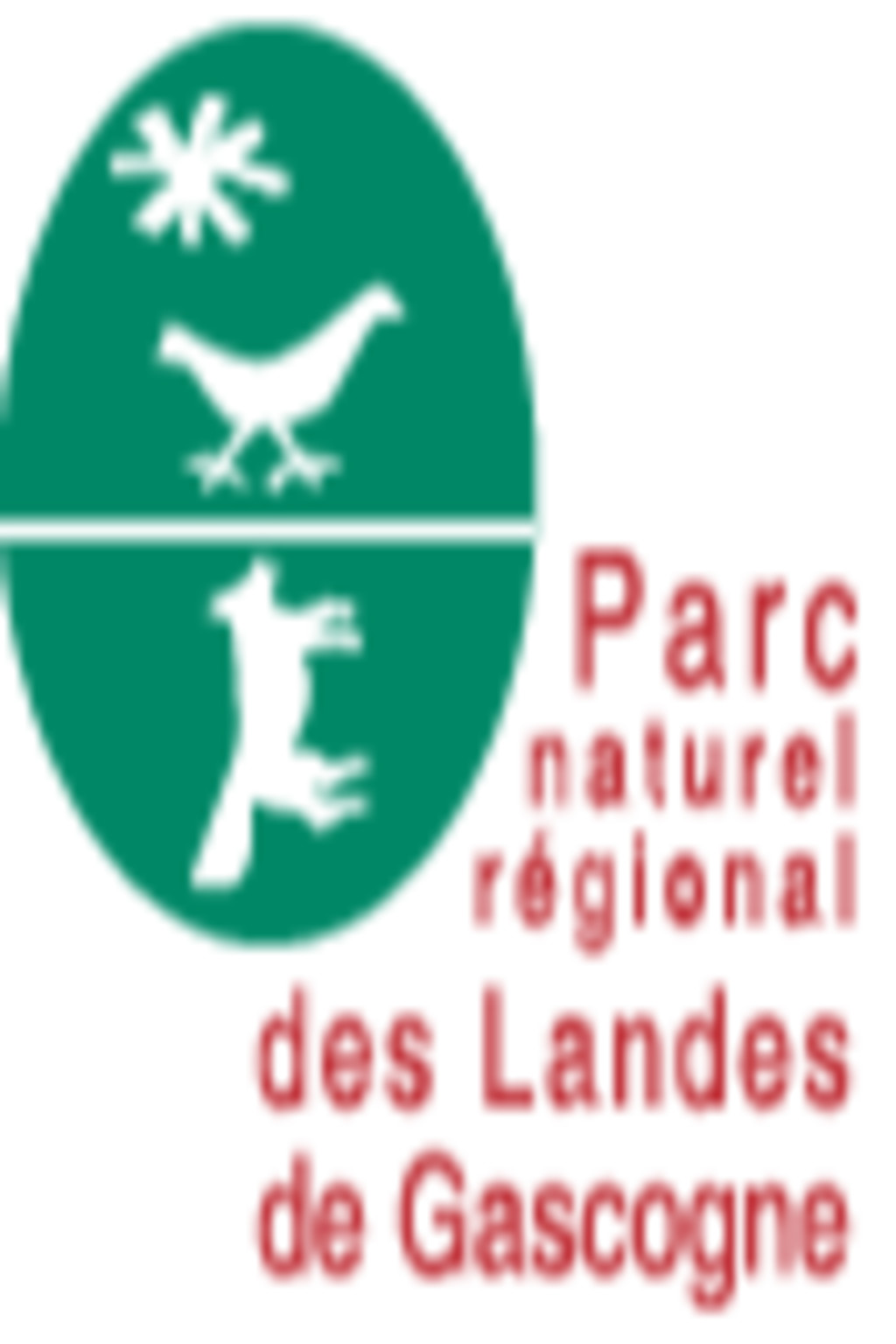
Parc naturel régional des Landes de Gascogne
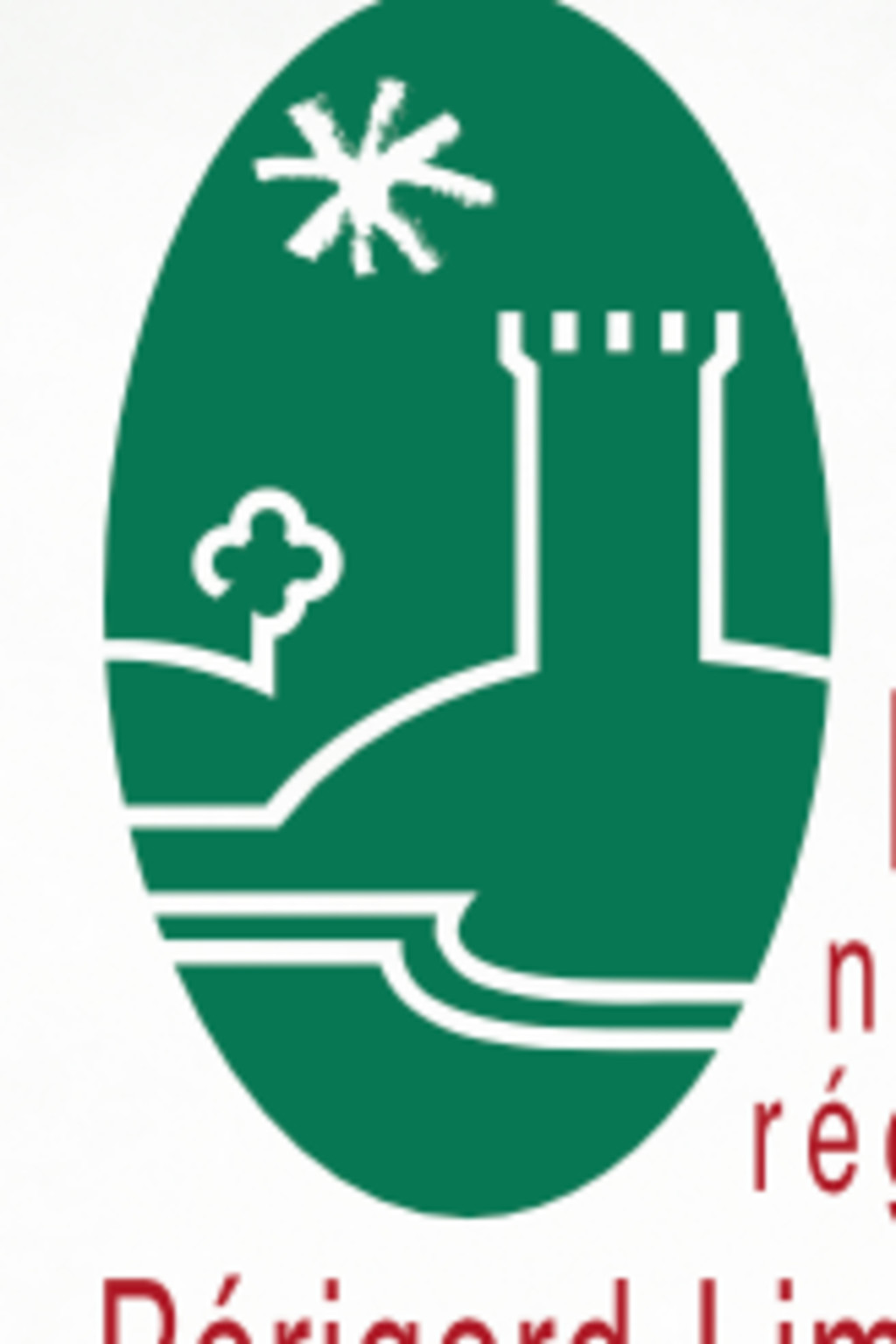
Parc naturel régional Périgord Limousin
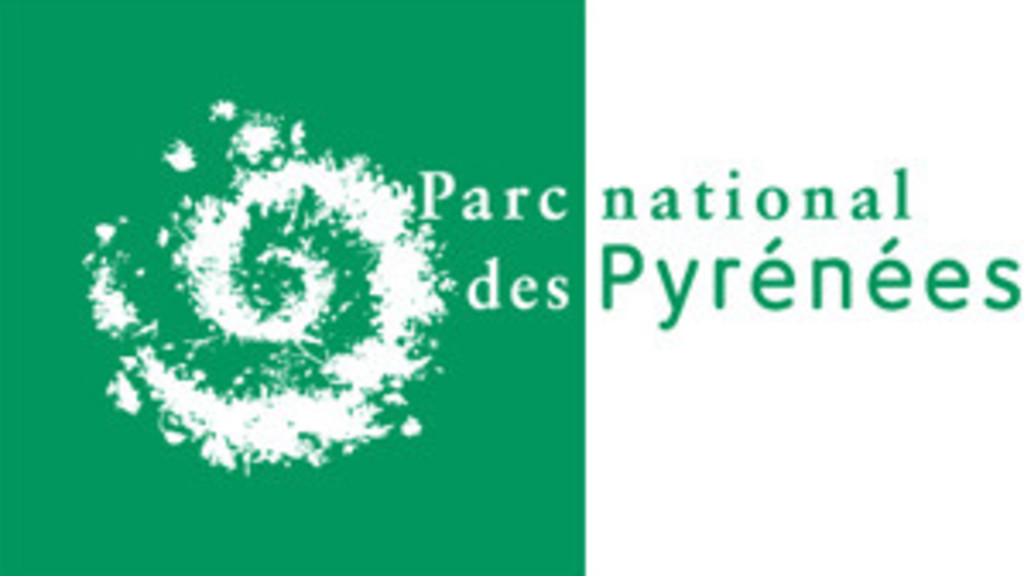
Parc national des Pyrénées
Historical and Cultural Heritage
Nouvelle-Aquitaine's history dates back to prehistoric times, as evidenced by the world-famous Lascaux caves. These caves, located in the Dordogne department, contain some of the earliest known cave paintings, dating back approximately 17,000 years.Throughout the centuries, the region has been shaped by various civilizations and historical events:
Roman conquest and influence
Medieval period and the Hundred Years' War
Renaissance and the Age of Exploration
French Revolution and Industrial Revolution
This rich history has left an indelible mark on the region's cultural landscape, visible in its architecture, traditions and heritage sites. Some notable historical and cultural attractions include:
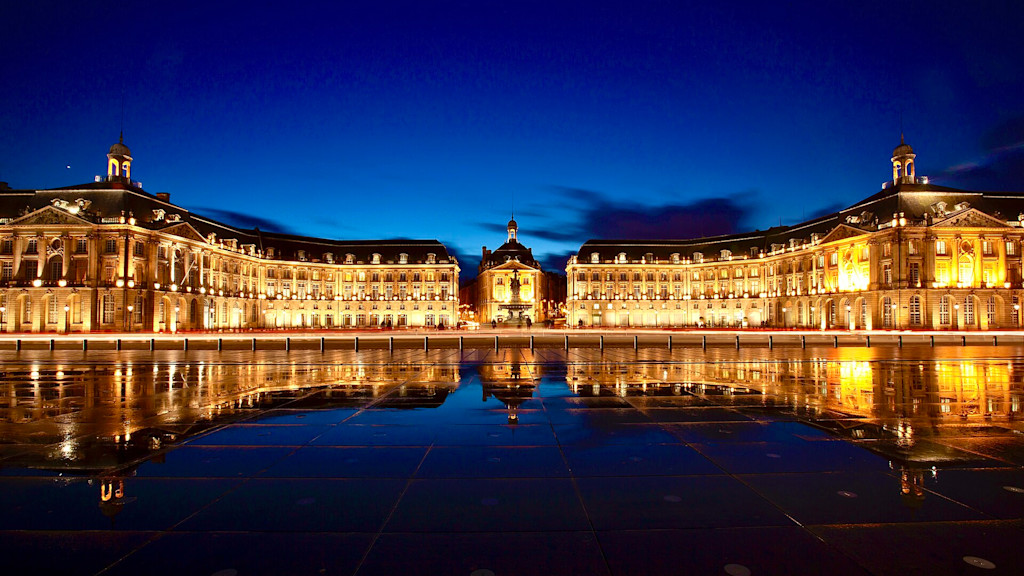
Place de la Bourse, Bordeaux Place de la Bourse in Bordeaux, an iconic 18th-century square, features elegant classical architecture, the Fountain of the Three Graces, and a stunning water mirror reflecting its façades. It symbolizes the city's maritime prosperity.

The pilgrimage town of Rocamadour Rocamadour, a medieval pilgrimage town in southwestern France, is renowned for its stunning cliffside architecture, sacred sites including the Black Virgin statue, and breathtaking views over the Alzou Valley.

Île de Ré Île de Ré, located off France's Atlantic coast, is renowned for its picturesque villages, sandy beaches, and rich biodiversity. Known as "Ré la Blanche," it features charming white houses and vibrant landscapes.
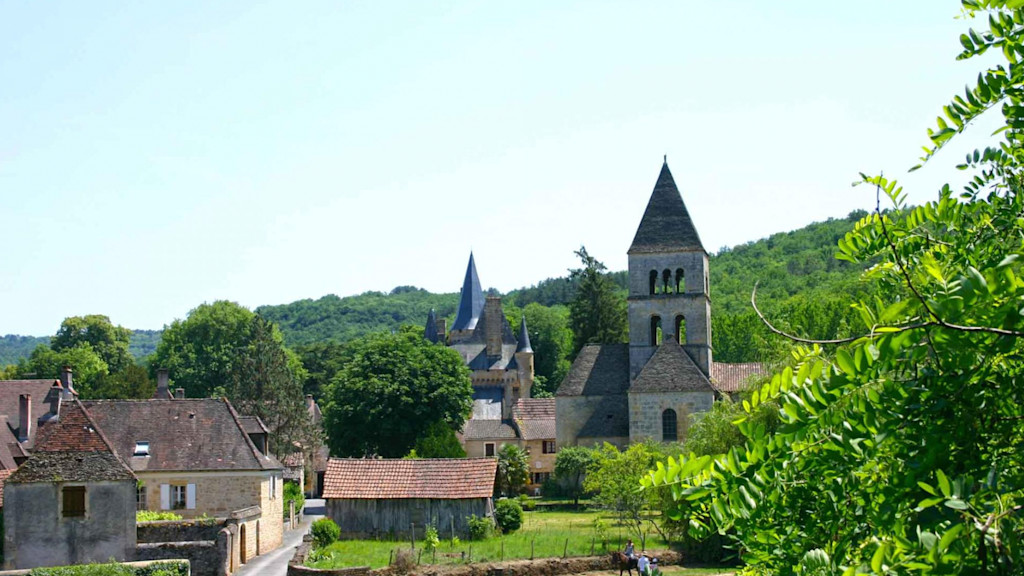
Saint-Léon-Sur-Vézère Saint-Léon-sur-Vézère, a picturesque commune in Dordogne, France, is celebrated for its medieval charm, stunning river views, and rich heritage, including a 12th-century Romanesque church and artisan culture.
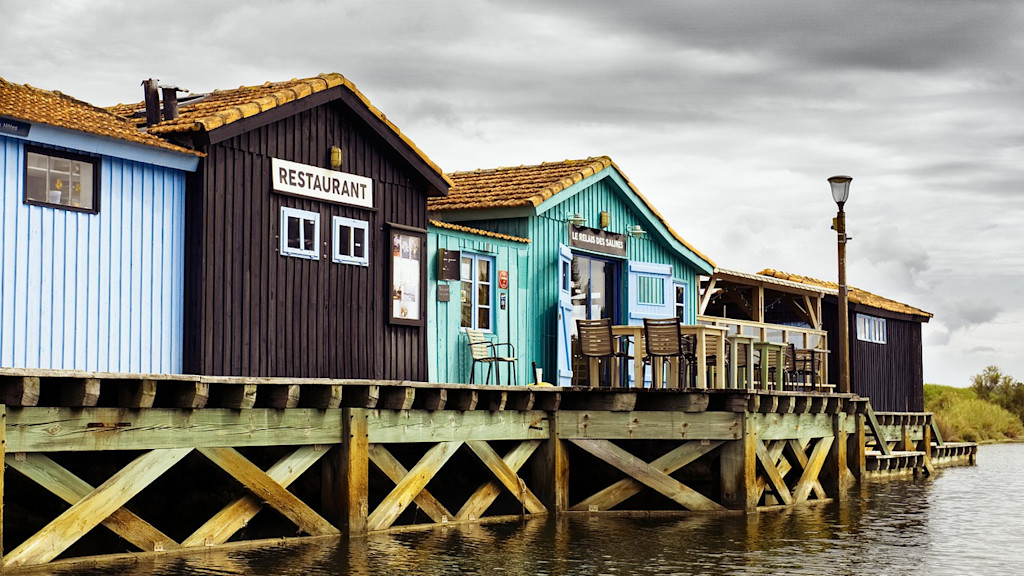
Ile d'Oléron Île d'Oléron, the largest French island after Corsica, boasts stunning beaches, rich biodiversity, and charming villages. Known for its oysters and vibrant landscapes, it’s a popular tourist destination.
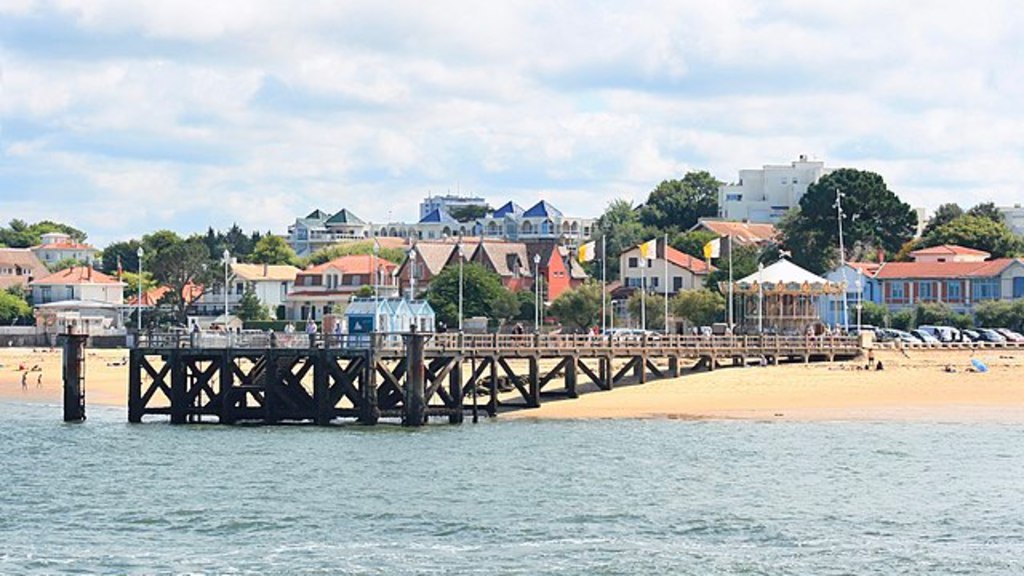
Arcachon Arcachon, a charming seaside resort in southwestern France, is famous for its stunning beaches, vibrant waterfront, and the nearby Dune du Pilat. It offers a mild climate and rich history
Dune de Pilat Dune de Pilat, the tallest sand dune in Europe, rises 110 meters along France's Atlantic coast. Located near Arcachon, it offers stunning views and is a popular tourist destination.
Economic Powerhouse
Nouvelle-Aquitaine is not just a tourist destination; it's also France's third-largest economic region by GDP. The region's economy is diverse and dynamic, with several key sectors:
Agriculture and Agri-food Industry
As Europe's leading agricultural region, Nouvelle-Aquitaine boasts a large and diverse agri-food industry. The region is known for:
Arable crops in Aquitaine and Poitou-Charentes
World-renowned vineyards in Bordeaux and Cognac
Livestock farming in Limousin and Pyrénées-Atlantiques
Forestry and Wood Industry
As mainland France's leading region in terms of wooded areas, Nouvelle-Aquitaine is home to a thriving timber industry, including harvesting, saw milling, furniture-making and paper production.
Tourism: A Major Economic Driver
With its diverse landscapes, rich cultural heritage and world-famous attractions, Nouvelle-Aquitaine is one of France's most visited regions, welcoming approximately 27 million tourists annually. Popular tourist destinations include:
Bordeaux and its wine regions
The Atlantic coast, including Biarritz and the Arcachon basin
The Dordogne Valley and its medieval villages
The Pyrenees mountains for skiing and hiking
Islands like Île de Ré and Île d'Oléron
Gastronomy and Wine
Nouvelle-Aquitaine is a paradise for food and wine enthusiasts. The region is home to some of France's most celebrated culinary traditions and world-famous wines.
Wine Regions
Bordeaux: Producing some of the world's most prestigious wines
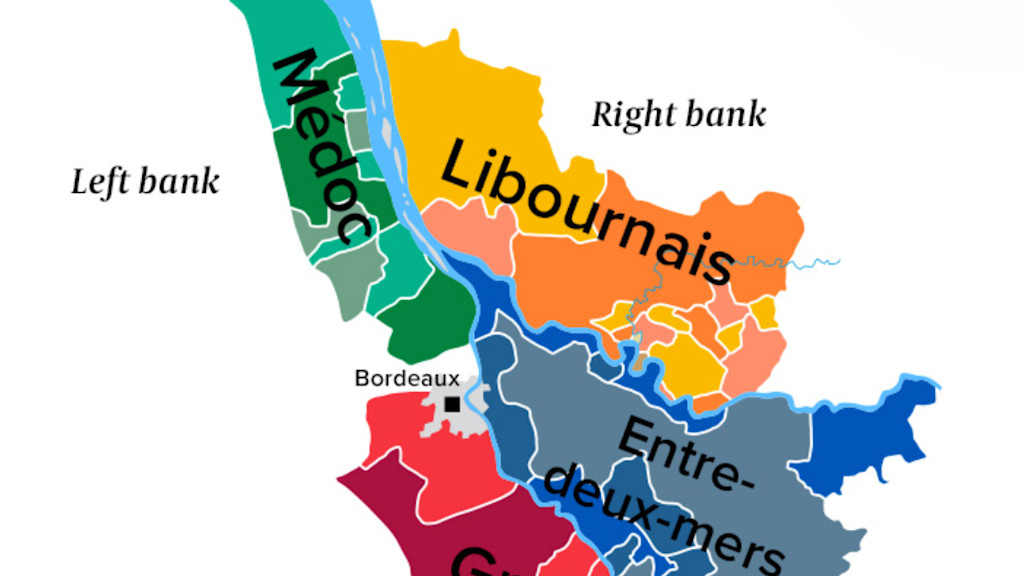
Cognac: Known for its eponymous brandy

Bergerac: Offering a diverse range of wines
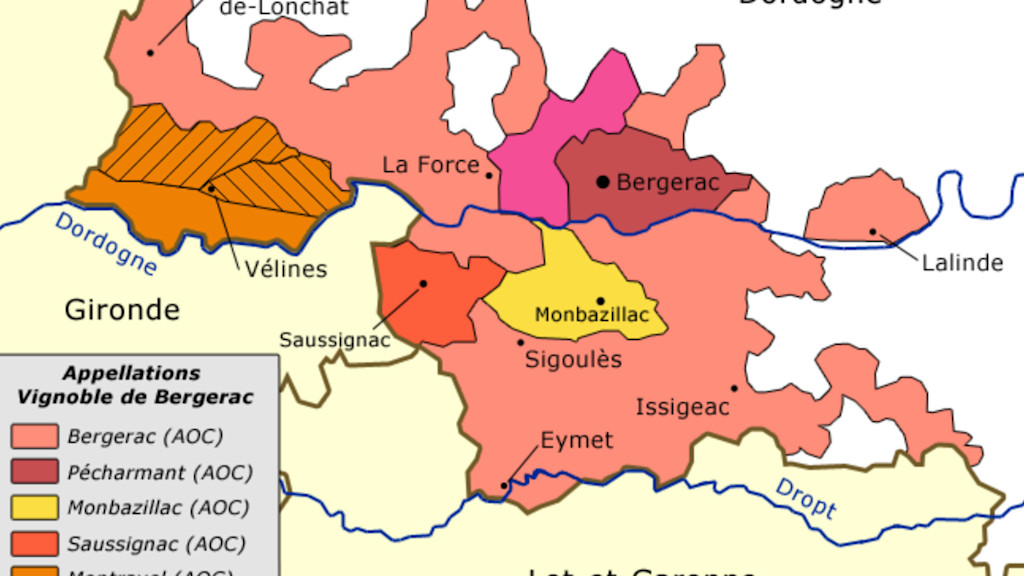
Jurançon: Producing distinctive white wines
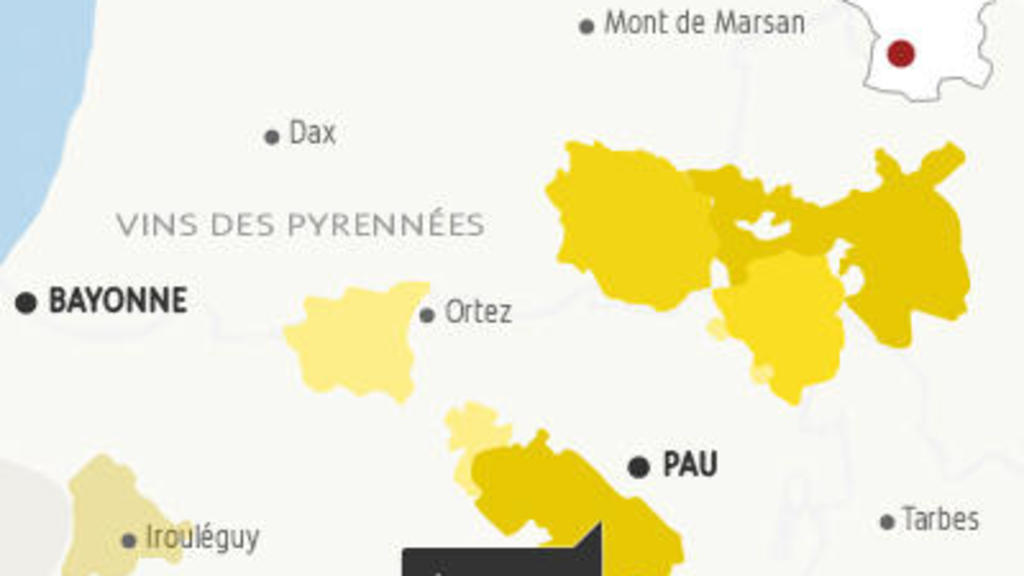
Culinary Specialties
Oysters from the Arcachon Basin
Foie gras from the Périgord
Bayonne ham
Ossau-Iraty cheese from the Basque Country
Canelés from Bordeaux
The region's commitment to gastronomy is exemplified by La Cité du Vin in Bordeaux, a unique cultural facility dedicated to the history and culture of winemaking.
Education and Research
Nouvelle-Aquitaine is home to several prestigious universities and research institutions:
University of Bordeaux
University of Poitiers
University of Limoges
INRA (National Institute for Agricultural Research) centers
These institutions contribute to the region's innovation ecosystem and attract students and researchers from around the world.
Transportation and Accessibility
Nouvelle-Aquitaine benefits from excellent transportation infrastructure:
High-speed rail (LGV) connecting major cities to Paris
International airports in Bordeaux, Biarritz and Limoges
Extensive road network
Ports along the Atlantic coast